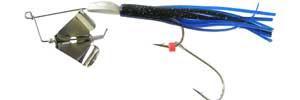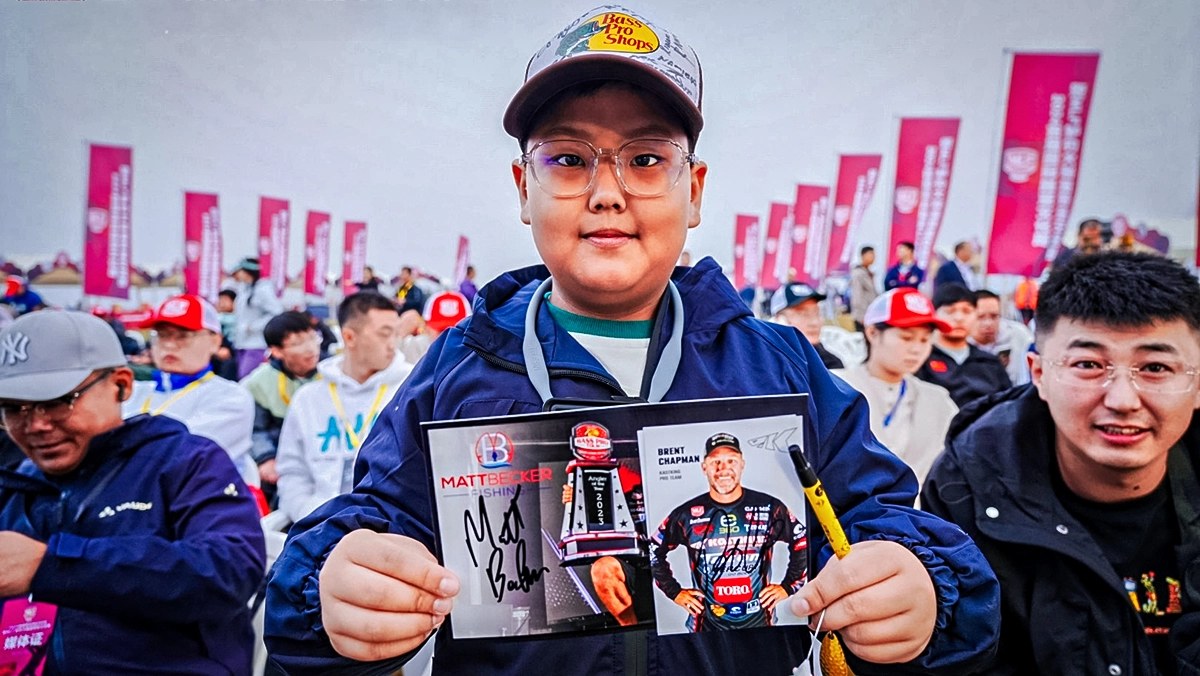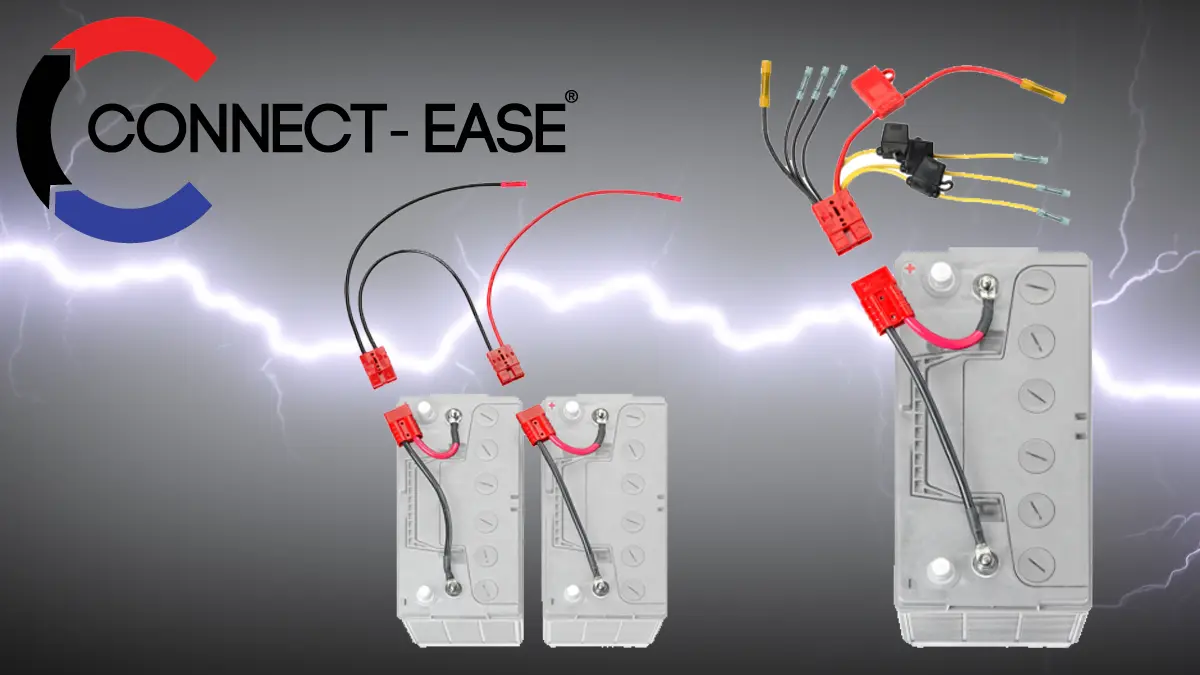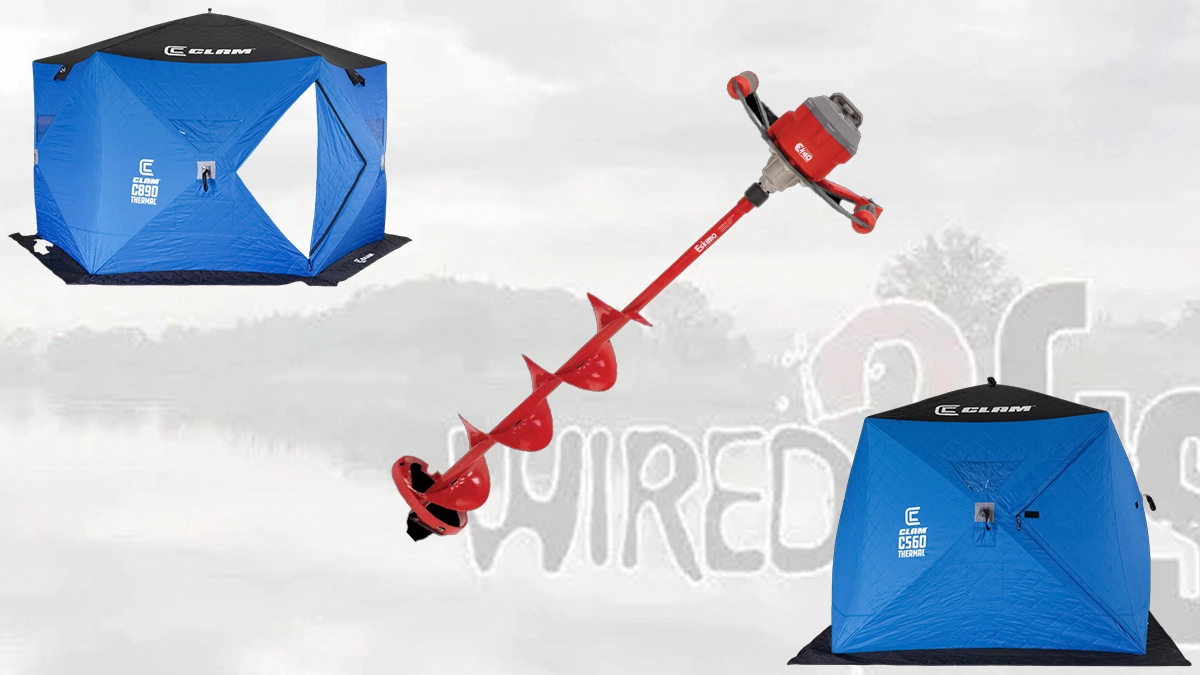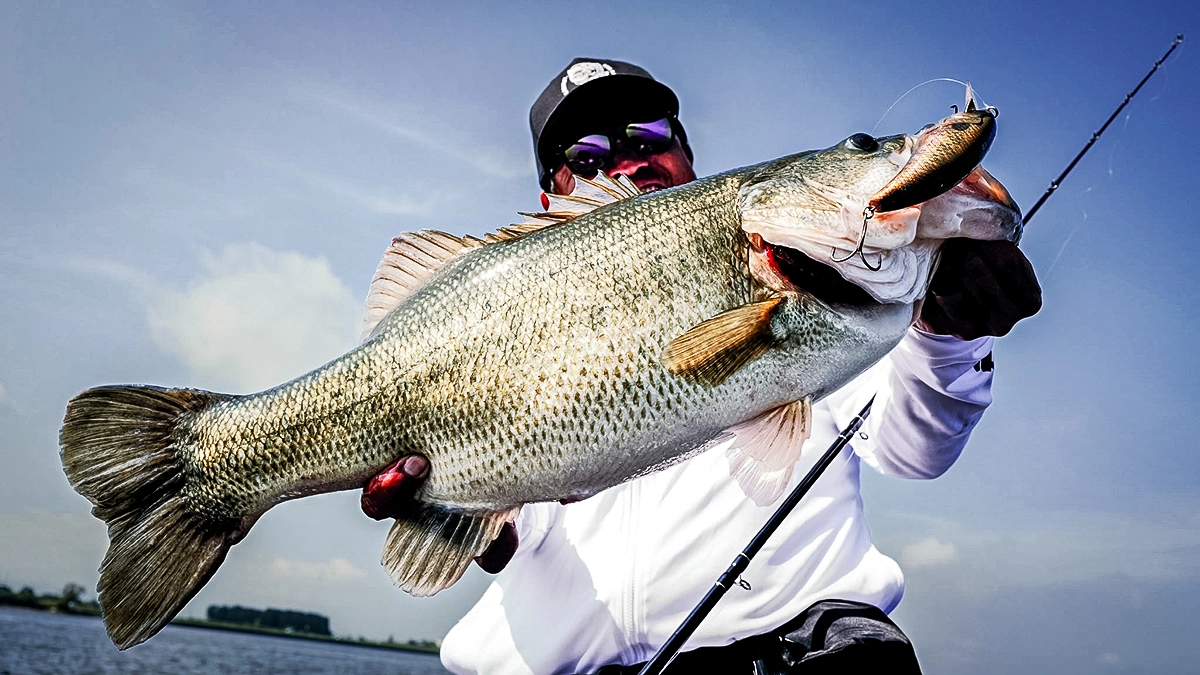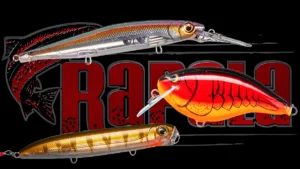HeadBanger throws a big autumn party
For the last few weeks the water primrose in our neighborhood pond has finally stopped growing with the reckless abandon it did in early summer, and now provides a weird blanket of sorts about 10 feet wide around most of the shoreline.
We have bass in the lake along with bluegills, some type of small pond minnow and a couple of grouchy old catfish. The snapping turtles must have done something to the cats, or vice versa, because there is some kind of weird karma going on there. The largemouth just hang around.
I’ve been waiting on autumn to start rolling in and it finally has, with nighttime temperatures dipping into the low 60s. Chilly enough to start affecting water temperatures and get things breaking loose as the bass chase along the weedlines and fatten up for winter. Chilly enough to make me think of a buzzbait.
Earlier this year I had the chance to spend a couple of days with Bernie Schultz, the veteran Florida pro who has been with Hildebrandt for several years. Hildebrandt is known for its spinnerbaits, such as the Tin Roller, but Schultz wanted to add a buzzbait to the lineup.
The result was the HeadBanger, a quite streamlined and almost diminutive bait that packs a mean punch. If the bigger and louder buzzbaits were the woolly hair bands of the 1980s, Hildebrandt’s HeadBanger would have been Annie Lennox of the Eurythmics with her slicked hair and demure looks.
Designed for speed and noise, the HeadBanger is a model of subtle efficiency. From the twisted “R bend†line tie to the tip of the durable skirt, it’s almost six inches long but only a smidge over a quarter-inch in width (not counting the blade, of course). This streamlined profile as the plated blade buzzes creates a more precise target for a bass.
The head is made of tin, which is more durable than lead but lighter. That helps provide lift on the surface to get the HeadBanger up and buzzing quickly. The blade arm and head are designed to allow the blade’s edges to tick the tin head and add a clacking noise to the buzzing effect.
The skirt is not the typical poofy rubber skirt found on almost all other buzzbaits, but instead is a saltwater model similar to teaser rigs. It’s thicker and more durable, and able to withstand repeated maulings from bass. A trailer hook is standard on all HeadBanger buzzbaits, an added feature that helps ensure hookups should a bass short-strike.
Most HeadBangers are ready to rock right out of the package, but I’ve encountered a couple in which the blade didn’t pop the tin head. This is easily remedied with pliers by bending the arm slightly to move the rivet and then the blade, so it hits the head. Then you just bend the wire back to secure it.
If you want more noise and clatter, push the blade down a bit so it makes more contact with the head (but still rotates) and use a faster retrieve. For a more subtle presentation, adjust the wire so the blade doesn’t tick the head and you can buzz it with a slower retrieve.
Autumn is a great time to throw buzzbaits around shallow cover, in the back of creeks or pockets and anywhere bass are schooling near forage.
The HeadBanger is available in 1/4- and 3/8-ounce sizes in six basic colors with a nickel or gold blade. They’re available at the Yakima Bait Company site by clicking here


